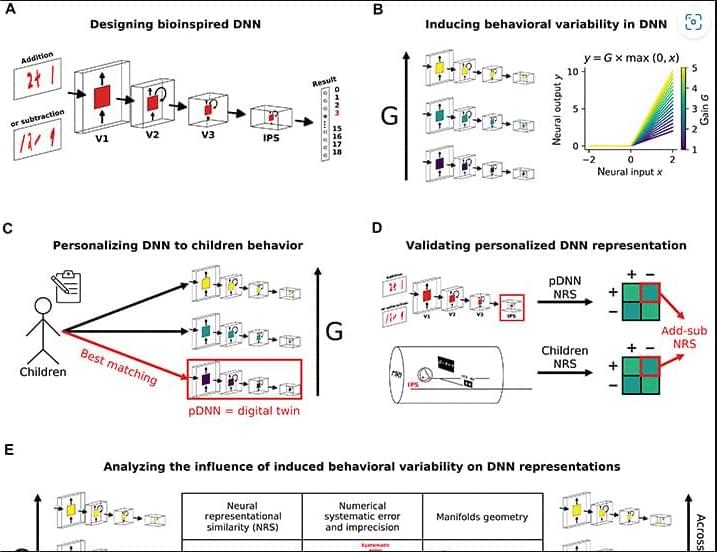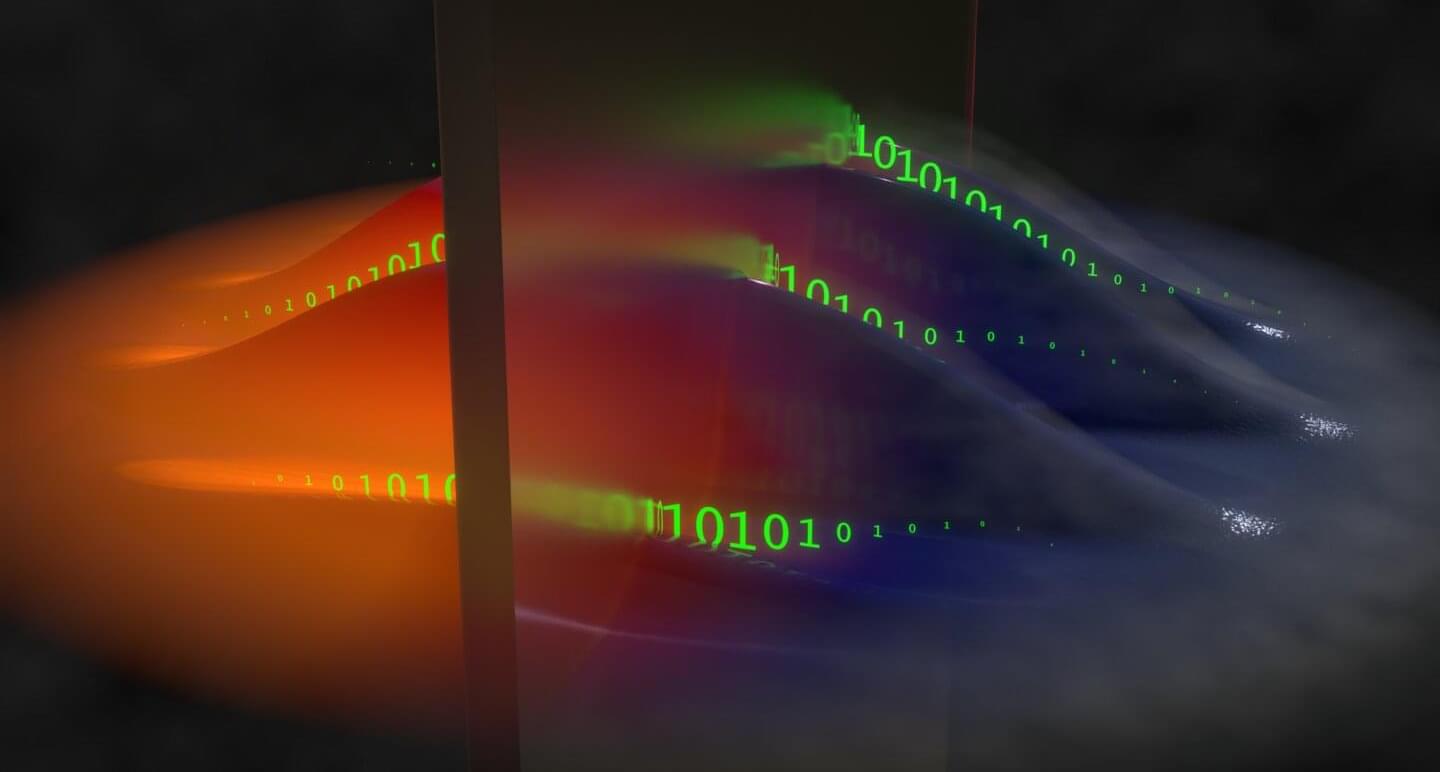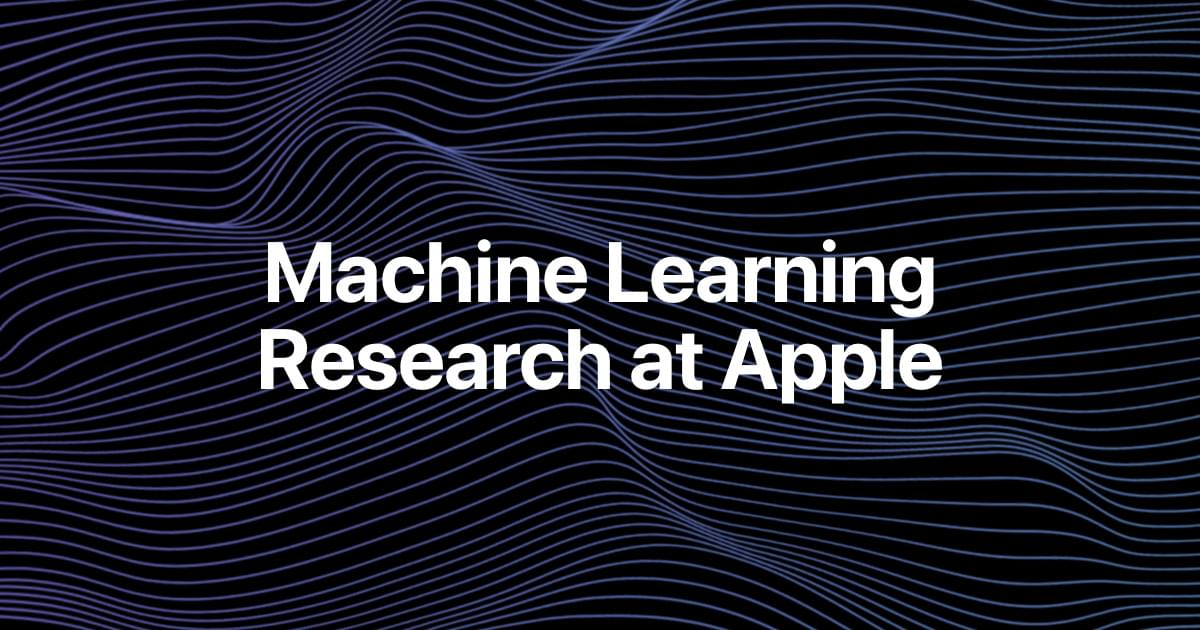A meditation on the fundamental trade-offs that define our understanding of nature’s deepest mysteries



The entire field of mathematics summarised in a single map! This shows how pure mathematics and applied mathematics relate to each other and all of the sub-topics they are made from.
#mathematics #DomainOfScience.
If you would like to buy a poster of this map, they are available here:
North America: https://store.dftba.com/products/map–… else: http://www.redbubble.com/people/domin… French version: https://www.redbubble.com/people/domi… Spanish Version: https://www.redbubble.com/people/domi… I have also made a version available for educational use which you can find here: https://www.flickr.com/photos/9586967… To err is to human, and I human a lot. I always try my best to be as correct as possible, but unfortunately I make mistakes. This is the errata where I correct my silly mistakes. My goal is to one day do a video with no errors! 1. The number one is not a prime number. The definition of a prime number is a number can be divided evenly only by 1, or itself. And it must be a whole number GREATER than 1. (This last bit is the bit I forgot). 2. In the trigonometry section I drew cos(theta) = opposite / adjacent. This is the kind of thing you learn in high school and guess what. I got it wrong! Dummy. It should be cos(theta) = adjacent / hypotenuse. 3. My drawing of dice is slightly wrong. Most dice have their opposite sides adding up to 7, so when I drew 3 and 4 next to each other that is incorrect. 4. I said that the Gödel Incompleteness Theorems implied that mathematics is made up by humans, but that is wrong, just ignore that statement. I have learned more about it now, here is a good video explaining it: • Gödel’s Incompleteness Theorem — Numberphile 5. In the animation about imaginary numbers I drew the real axis as vertical and the imaginary axis as horizontal which is opposite to the conventional way it is done. Thanks so much to my supporters on Patreon. I hope to make money from my videos one day, but I’m not there yet! If you enjoy my videos and would like to help me make more this is the best way and I appreciate it very much.
/ domainofscience Here are links to some of the sources I used in this video. Links: Summary of mathematics: https://en.wikipedia.org/wiki/Mathema… Earliest human counting: http://mathtimeline.weebly.com/early–… First use of zero: https://en.wikipedia.org/wiki/0#History http://www.livescience.com/27853-who–… First use of negative numbers: https://www.quora.com/Who-is-the-inve… Renaissance science: https://en.wikipedia.org/wiki/History… History of complex numbers: http://rossroessler.tripod.com/ https://en.wikipedia.org/wiki/Mathema… Proof that pi is irrational: https://www.quora.com/How-do-you-prov… and https://en.wikipedia.org/wiki/Proof_t… Also, if you enjoyed this video, you will probably like my science books, available in all good books shops around the work and is printed in 16 languages. Links are below or just search for Professor Astro Cat. They are fun children’s books aimed at the age range 7–12. But they are also a hit with adults who want good explanations of science. The books have won awards and the app won a Webby. Frontiers of Space: http://nobrow.net/shop/professor-astr… Atomic Adventure: http://nobrow.net/shop/professor-astr… Intergalactic Activity Book: http://nobrow.net/shop/professor-astr… Solar System App: Find me on twitter, instagram, and my website: http://dominicwalliman.com
/ dominicwalliman
/ dominicwalliman
/ dominicwalliman.
Everywhere else: http://www.redbubble.com/people/domin…
French version: https://www.redbubble.com/people/domi…
Spanish Version: https://www.redbubble.com/people/domi…
I have also made a version available for educational use which you can find here: https://www.flickr.com/photos/9586967…
To err is to human, and I human a lot. I always try my best to be as correct as possible, but unfortunately I make mistakes. This is the errata where I correct my silly mistakes. My goal is to one day do a video with no errors!
1. The number one is not a prime number. The definition of a prime number is a number can be divided evenly only by 1, or itself. And it must be a whole number GREATER than 1. (This last bit is the bit I forgot).
Our earliest models of reality were expressed as static structures and geometry, until mathematicians of the 16th century came up with differential algebra, a framework which allowed us to capture aspects of the world as a dynamical system. The 20th century introduced the concept of computation, and we began to model the world through state transitions. Stephen Wolfram suggests that we may be about to enter a new paradigm: multicomputation. At the core of multicomputation is the non-deterministic Turing machine, one of the more arcane ideas of 20th century computer science. Unlike a deterministic Turing machine, it does not just transition from one state to the next, but to all possible states simultaneously, resulting in structures that emerge over the branching and merging of causal paths.
Stephen Wolfram studies the resulting multiway systems as a model for foundational physics. Multiway systems can also be used as an abstraction to understand biological and social processes, economic dynamics, and model-building itself.
In this conversation, we want to explore whether mental processes can be understood as multiway systems, and what the multicomputational perspective might imply for memory, perception, decision making and consciousness.
About the Guest: Stephen Wolfram is one of the most interesting and least boring thinkers of our time, well known for his unique contributions to computer science, theoretical physics and the philosophy of computation. Among other things, Stephen is the creator of the Wolfram Language (also known as Mathematica), the knowledge engine Wolfram|Alpha, the author of the books A New Kind of Science and A Project to Find the Fundamental Theory of Physics, and the founder and CEO of Wolfram Research.
We anticipate that this will be an intellectually fascinating discussion; please consider reading some of the following articles ahead of time:
The Concept of the Ruliad: https://writings.stephenwolfram.com/2021/11/the-concept-of-the-ruliad/

In a study by TU Wien and FU Berlin, researchers have measured what happens when quantum physical information is lost. This clarifies important connections between thermodynamics, information theory and quantum physics.
Heat and information—these are two very different concepts that, at first glance, appear to have nothing to do with each other. Heat and energy are central concepts in thermodynamics, an important field of physics and even one of its cornerstones. Information theory, on the other hand, is an abstract topic in mathematics.
But as early as the 1960s, physicist Rolf Landauer was able to show that the two are closely related: the deletion of information is inevitably linked to the exchange of energy. You cannot delete a data storage device without releasing heat to the outside world.

Recent generations of frontier language models have introduced Large Reasoning Models (LRMs) that generate detailed thinking processes before providing answers. While these models demonstrate improved performance on reasoning benchmarks, their fundamental capabilities, scal-ing properties, and limitations remain insufficiently understood. Current evaluations primarily fo-cus on established mathematical and coding benchmarks, emphasizing final answer accuracy. How-ever, this evaluation paradigm often suffers from data contamination and does not provide insights into the reasoning traces’ structure and quality. In this work, we systematically investigate these gaps with the help of controllable puzzle environments that allow precise manipulation of composi-tional complexity while maintaining consistent logical structures. This setup enables the analysis of not only final answers but also the internal reasoning traces, offering insights into how LRMs “think”. Through extensive experimentation across diverse puzzles, we show that frontier LRMs face a complete accuracy collapse beyond certain complexities. Moreover, they exhibit a counter-intuitive scaling limit: their reasoning effort increases with problem complexity up to a point, then declines despite having an adequate token budget. By comparing LRMs with their standard LLM counterparts under equivalent inference compute, we identify three performance regimes: low-complexity tasks where standard models surprisingly outperform LRMs, medium-complexity tasks where additional thinking in LRMs demonstrates advantage, and high-complexity tasks where both models experience complete collapse. We found that LRMs have limitations in exact computation: they fail to use explicit algorithms and reason inconsistently across puzzles. We also investigate the reasoning traces in more depth, studying the patterns of explored solutions and analyzing the models’ computational behavior, shedding light on their strengths, limitations, and ultimately raising crucial questions about their true reasoning capabilities.
*Equal contribution. †Work done during an internship at Apple.

Everything in nature has a geometric pattern—from the tiger’s stripes and spirals in flowers to the unique fingerprints of each human being. While these patterns are sometimes symmetrical, most of such patterns lack symmetry, which leaves us with one major question: How do such unsymmetrical patterns emerge in nature?
Studies report that drying environments cause water evaporation and can lead to the formation of asymmetric patterns during biological growth through a phenomenon called “symmetry breaking.” Although reported through mathematical studies, these studies lack physical-chemical experiments that replicate this phenomenon.
A recent study at the Japan Advanced Institute of Science and Technology (JAIST), led by Associate Professor Kosuke Okeyoshi and doctoral student Thi Kim Loc Nguyen, uncovers the mechanisms behind symmetry breaking during a process called meniscus splitting in evaporating polymer solutions. The findings of the study were published in Advanced Science on June 3, 2025.
For decades, we’ve thought the control center of life lies in DNA. But a new scientific framework is emerging that challenges that idea, and suggests that vast portions of the genome are immaterial and lie outside the physical world. Today, physicist Dr. Brian Miller shares his perspective on the cutting-edge, potentially revolutionary research of mathematical biologist Dr. Richard Sternberg on the immaterial aspects of the genome. In this exchange, Dr. Miller shares several examples of the immaterial nature of life. These ideas point towards the earliest stages of the next great scientific revolution and have significant implications for the intelligent design debate.


The universe speaks in mathematics, yet we experience it in poetry. This fundamental paradox — that objective quantities somehow give rise to subjective qualities — represents perhaps the most profound mystery in the architecture of consciousness. At the precise intersection where measurable physical magnitudes transform into felt experience lies perception itself, functioning as the universe’s most elegant translation device, converting the quantitative substrate of reality into the qualitative texture of conscious life.
Consider the photon, that discrete packet of electromagnetic energy oscillating at precisely 550 nanometers. Physics describes it with mathematical precision: wavelength, frequency, amplitude — pure quantity divorced from any subjective dimension. Yet when this photon encounters the rhodopsin molecules within our retinal cells, something extraordinary occurs. The quantitative description remains accurate but suddenly insufficient. The same electromagnetic radiation that physics measures as wavelength 550nm becomes, through the alchemy of perception, the irreducible experience we call “green.” This transformation represents not merely a change in descriptive language but a fundamental ontological shift — the emergence of an entirely new category of being.
Maurice Merleau-Ponty recognized this threshold when he observed that “the body is our general medium for having a world” (Merleau-Ponty, 1945/2012, p. 147). The lived body serves as the crucial mediator between the quantitative realm that physics describes and the qualitative realm that consciousness inhabits. Through our sensorimotor engagement with the world, objective magnitudes undergo a metamorphosis into subjective meanings. The body is not merely a receiver of information but an active participant in the creation of experiential reality itself.